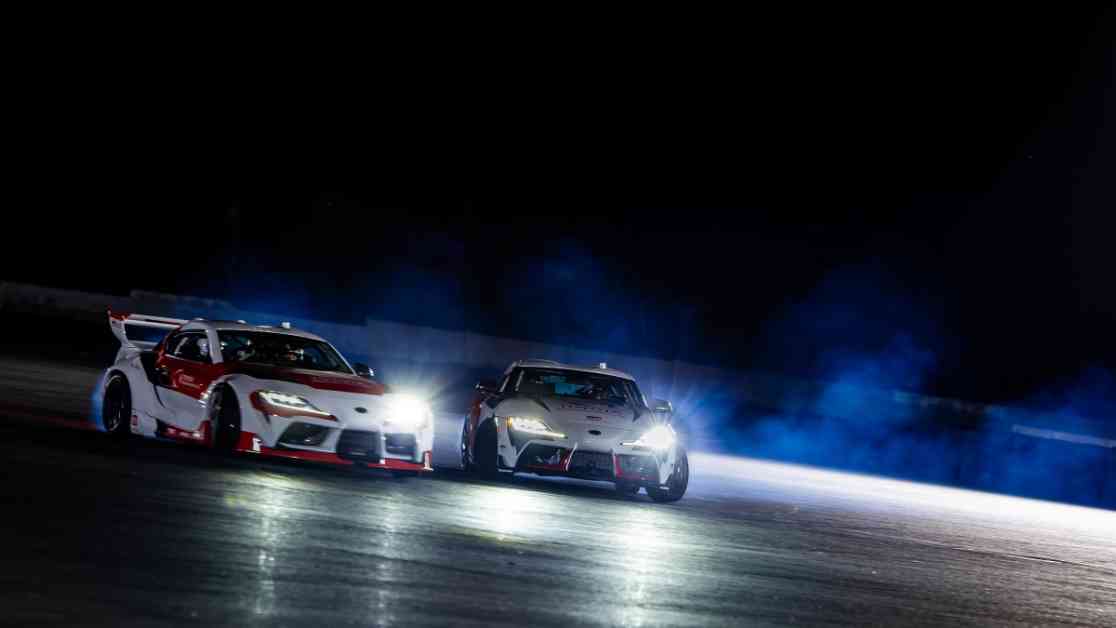Toyota and Stanford University recently made headlines with their groundbreaking achievement in the world of autonomous driving. Together, they successfully showcased two cars drifting around a track autonomously, using artificial intelligence to control their movements. This impressive feat not only demonstrates the capabilities of autonomous technology but also opens up new possibilities for the future of electronic driving aids.
Both Toyota and Stanford have a history of expertise in autonomous drifting technology. Toyota had previously developed a Supra-based prototype in 2021, while Stanford had taught a DeLorean DMC-12 how to drift in 2019. However, coordinating two autonomous cars to drift simultaneously presented a new challenge that had never been done before. The precision required to keep the cars sideways, in close proximity to each other, without causing damage, showcases the advanced capabilities of artificial intelligence in the realm of autonomous driving.
The real-world testing took place at the Thunderhill Raceway Park in California, where each car played a specific role – one as the lead car and the other as the chase car. With modifications made by GReddy to enhance the engine, transmission, suspension, and safety systems of each car, the prototypes were equipped with the necessary features to perform the drifts accurately. The onboard sensors and computers controlled the steering, throttle, and brakes of the cars, while they communicated with each other through a dedicated Wi-Fi network to exchange crucial information during the drift.
While this achievement may seem like a showcase of drifting prowess, the ultimate goal of Toyota and Stanford is to leverage the insights gained from this project to enhance the development of safer driving aids in the future. By understanding the physics of drifting, they have been able to apply similar techniques to control automated vehicles on challenging surfaces like snow and ice. This innovative approach highlights the potential for autonomous technology to improve overall vehicle safety and performance in various driving conditions.
As autonomous driving continues to evolve, collaborations between industry leaders and academic institutions will play a key role in driving innovation and pushing the boundaries of what is possible. The success of Toyota and Stanford in showcasing two-car autonomous drifting serves as a testament to the power of collaboration and technology in shaping the future of transportation. By harnessing the lessons learned from this project, we can expect to see further advancements in autonomous driving technology that will enhance both safety and efficiency on the roads.










